Yoga is a practice of self-enquiry and self-study. In order to dive deep, our students need a safe space – in fact, a sacred space. They need to feel emotionally secure in our presence as well as physically safe so they can shed their own protective layers and embrace their vulnerability. For some students, nurturing hands-on assists will help facilitate that experience. For others, touch will be an unwelcome intrusion. This is why it’s so important to gain consent for yoga adjustments.
Human touch is a powerful thing. At its best, a simple touch can inspire a sense of warmth and wellbeing. But when touch isn’t welcome, unfortunately it can be even more potent.
Students arrive in our classes carrying a lifetime of past experiences, and more often than not, we know very little of their history. There’s a chance that our well-meaning touch could make someone feel vulnerable, anxious or even unsafe. Students who have experienced some form of trauma – particularly physical or sexual abuse – often still carry that trauma within their bodies. Unwanted or unexpected touch can trigger a flurry of painful and even overwhelming emotions.
Bottom line: touching students without first gaining their permission is never okay.
I learnt this first hand about eight years ago. At that time, I’m ashamed to say, I often adjusted students without first gaining consent. So did all of my teachers – in fact, I’m not sure I’d ever attended a class in which a teacher gained consent prior to touching me. I assumed all students loved being adjusted as much as I did.
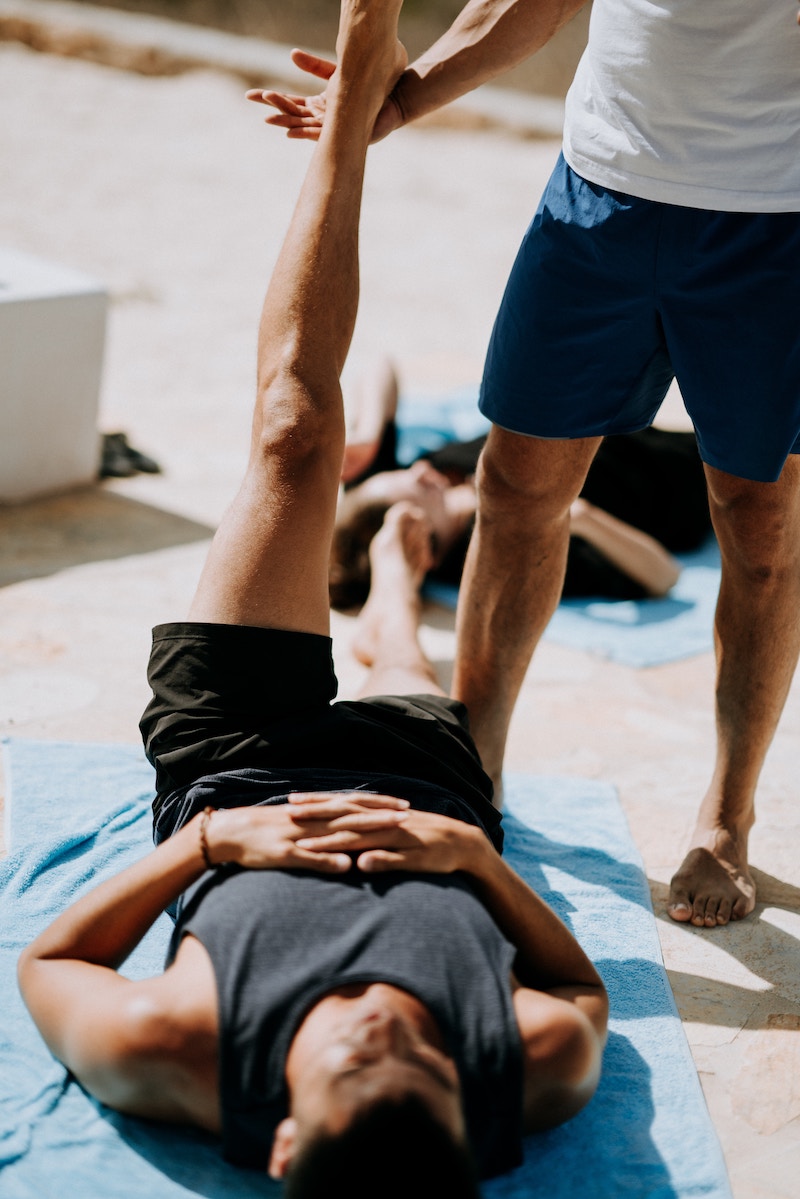
It was at the beginning of Savasana that I adjusted a young woman who’d been to a few of my classes. As soon as I touched her head, she jumped up and ran from the room. I learned after class that she suffered from PTSD and being touched on the head was a major trigger.
This was a big wake-up call for me. I now always give students an option to opt out of adjustments at the beginning of class. If I don’t know them well, I might even check in again prior to touching them.
There are a few ways you can go about gaining consent for yoga adjustments:
Provide an Opportunity to Opt Out
Near the beginning of the class, advise the group that you will be giving hands-on assists. Ask students to raise a hand if they’d prefer not to be touched, and advise them that you’ll respect their space. Students will often be more comfortable opting out if they can do so with anonymity: so offer the option to opt out when students have their eyes closed or are facing downwards (eg. in Child’s pose). This way anyone saying ‘no thanks’ doesn’t have to draw attention to themselves in front of the class or feel like they’re singling themselves out.
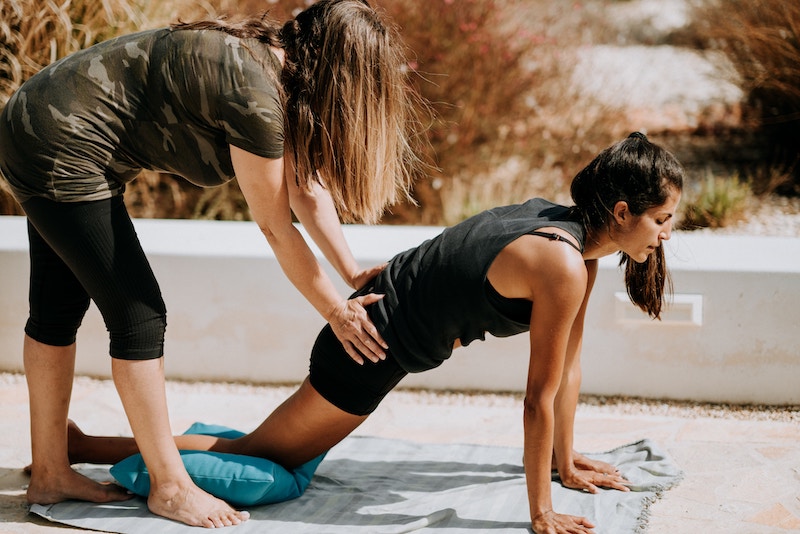
Ask before each time you adjust someone
This is pretty self-explanatory… before each time you go to touch someone, check in with them. “Would you like an adjustment here?” or “Is it okay if touch your shoulders?” Ask clearly but quietly and observe their body language as well as their verbal response.
Use a Fancy Product Designed for This Purpose
Have a product students can use to indicate their willingness (or not) to be touched. Yoga Flip Chips are an example: these small wooden discs have an “Assist” side and a “No Hands on Assists” side – students place a chip at them front of the mat with their chosen side facing upwards. Another similar product is Yoga Consent Cards. You could also make your own.
Use an un-Fancy Household Item
If you prefer a low-tech (and low budget!) option, use a household item. I’ve practiced at a studio that has a tub of clothes pegs with their props. If students are open to assists, they take a peg and place it beside their mat. If they prefer not be touched, they don’t take a peg. Easy!
Once You Have Permission…
Gaining consent to touch a student doesn’t mean you have carte blanche to manoeuvre and reshape them. Observe your students’ body language. Even if they have given you permission to adjust, listen to any subtle signals (such as tensing up, or holding their breath) that tell you to back away.
Use sensitive touch, and allow your intuition to guide you. Adjustments that you give to regular students with whom you’ve developed a mutual trust and respect may not be appropriate for students you’ve just met. Touching someone of your own gender may feel less intimate than touching someone of the opposite sex.
In summary, listen to your students and respect their wishes. If in doubt, stick with verbal cues or guide your students to give self-adjustments.


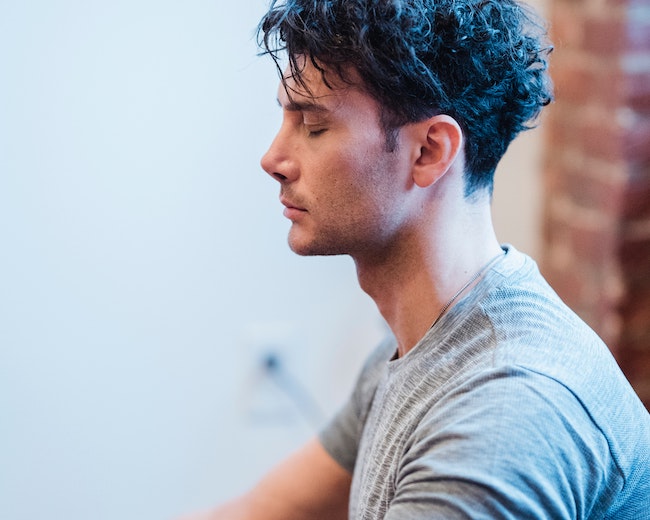
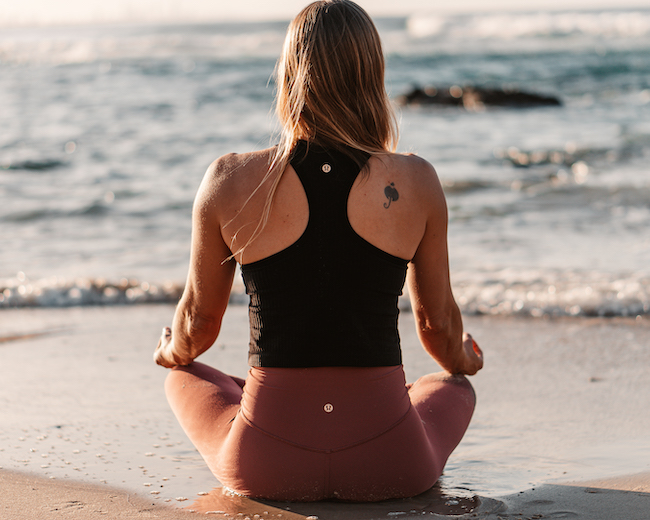
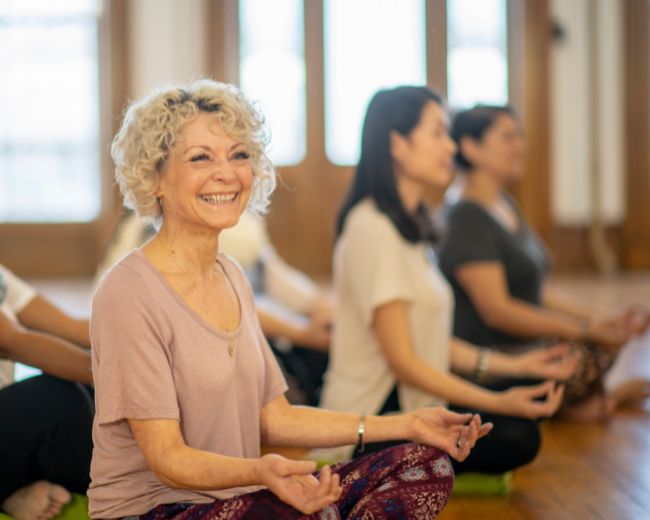

Hi Marita,
I have just realised from your “learning it the hard way” experience, that I am guilty of the same thing. I do ask permission before class about adjustments, but I have never even thought about it in Savasana. I touch peoples’ heads, third eyes, necks, all over the place – pressure points, little massages etc. It never occurred to me that that could be a problem, even though I can see it is very personal and intimate. Thanks for drawing my attention to that, I will definitely ask permission again at the end of the class
Hi Adele, you’ve made a great point – while most people love Savasana adjustments, some people really don’t (even though they might be happy to be touched in other asanas). I always give an option to opt again just before Savasana. I either invite students to position themselves with their heads towards me if they’re happy to be touched, or away from me if they’d prefer to left in peace, or ask them at the start of Savasana to place a hand on their belly if they don’t want to be touched.
Some more important lessons. Thank you, Marita.
Thanks Natalie! Glad it was helpful. x
This post is such an eye opener that none have ever addressed this issue. I have read how Patambi Josis had illegally pushed people into some position and has become an issue.
Hi Ajoy, I’m glad you found it helpful. Previous generations of yoga teachers gave us so much and I’m eternally grateful – but I also feel that the newer generations of teachers have a responsibility to continue building on this practice – to make it more sustainable, more ethically sound, and more sensitive to individuals’ needs.